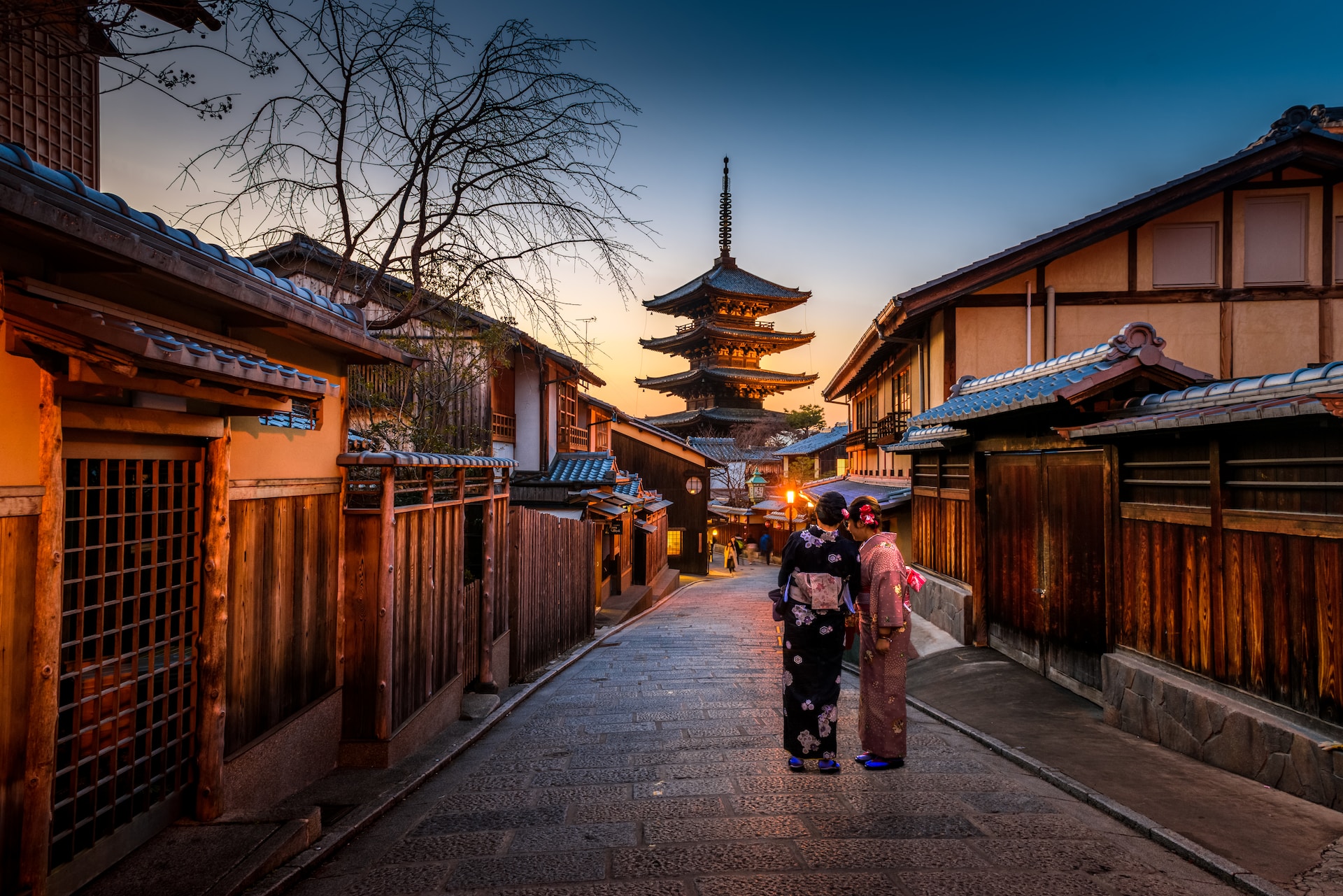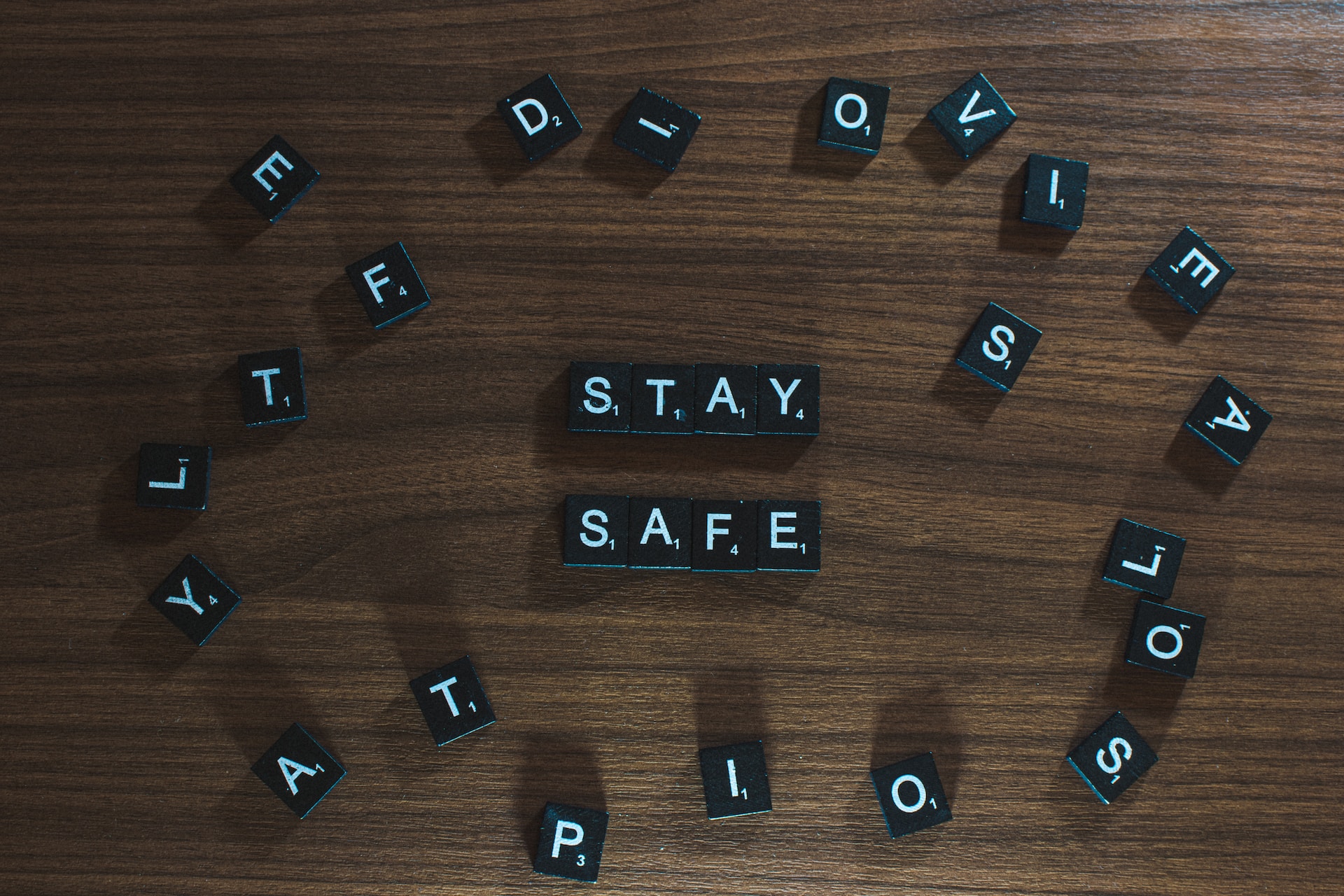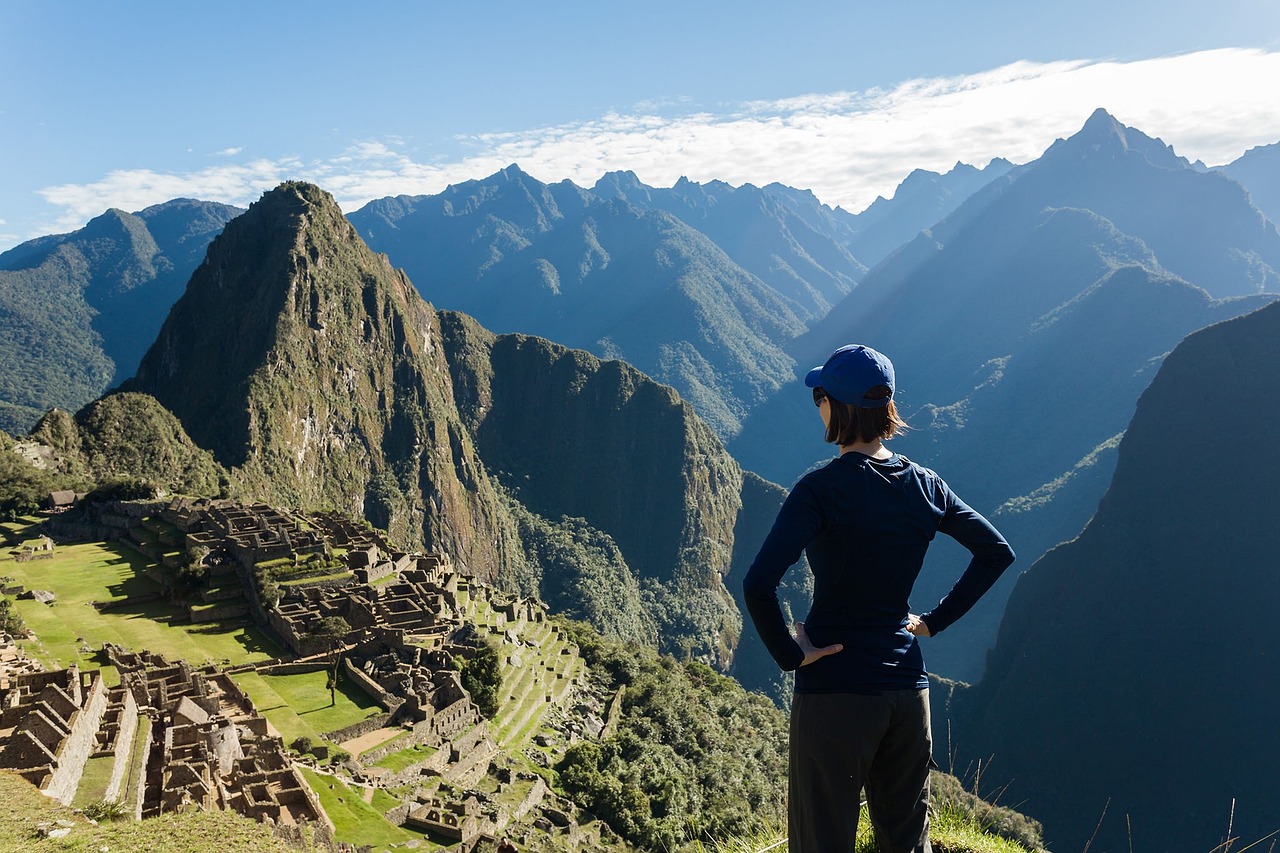Traveling in Asia is an exhilarating experience, offering a rich tapestry of cultures, landscapes, and cuisines. To ensure your journey is as enjoyable as possible, having the right gear and accessories is crucial. In this guide, we’ll explore the essentials to make your Asian adventure comfortable, safe, and memorable.
Printable Asia Travel Packing List
Essential Clothing and Footwear
Lightweight and Breathable Clothing
When it comes to clothing, think lightweight and breathable. Asia’s tropical climates demand fabrics that keep you cool and comfortable. Opt for moisture-wicking materials like cotton or linen to combat the heat and humidity.
Comfortable and Durable Footwear
Exploring Asia often involves a lot of walking, so comfortable and durable footwear is a must. Consider breathable sneakers or hiking shoes for urban adventures, and sandals for beach destinations. Ensure they provide adequate support for long strolls through bustling markets or ancient temples.
Rain Gear
Asia’s weather can be unpredictable. A compact, waterproof jacket or poncho is essential, especially during the monsoon season. Don’t forget a travel-sized umbrella for unexpected downpours.
Practical Travel Gadgets
Power Bank and Adapters
Keeping your electronic devices charged is crucial for navigation, communication, and capturing memories. Invest in a high-capacity power bank and universal travel adapters to stay powered up across various plug types in Asia.
Pro Tip: “Charge your devices overnight and carry a fully charged power bank during the day for extra peace of mind.“
Portable Water Purifiers
Access to clean water can vary, so having a portable water purifier or filtration system ensures you stay hydrated without relying on single-use plastic bottles. It’s an eco-friendly choice that also saves you money in the long run.
Multi-Functional Travel Adapters
Asia has diverse electrical outlets. A multi-functional travel adapter with USB ports ensures compatibility with different socket types. It’s a small investment that prevents any charging mishaps during your journey.
Health and Safety Items
First Aid Kit
A compact first aid kit with essential medications, bandages, and antiseptic wipes is a travel essential. Be prepared for minor injuries or ailments, especially if you’re venturing into remote areas.
Insect Repellent and Sunscreen
In tropical climates, protecting yourself from insects and the sun is vital. Pack a high-quality insect repellent and a broad-spectrum sunscreen with a high SPF. Your skin will thank you.
Pro Tip: “Apply sunscreen even on cloudy days, as harmful UV rays can penetrate cloud cover.“
Travel Insurance
Don’t leave home without comprehensive travel insurance. It provides peace of mind in case of unexpected emergencies, including medical issues, trip cancellations, or lost luggage.
Backpacks and Luggage
Lightweight Daypacks
For day trips and city explorations, a lightweight and compact daypack is ideal. It should be large enough to carry essentials like water, snacks, a camera, and a light jacket.
Versatile Luggage Options
Choose luggage that is both secure and versatile for longer journeys. Consider hard-shell suitcases with built-in locks for added security. Backpacks with multiple compartments and packing cubes help keep your belongings organized.
Packing Cubes and Organizers
Packing efficiently is an art. Use packing cubes and organizers to separate clothing, toiletries, and accessories. This not only saves space but also makes it easier to find what you need without rummaging through your luggage.
Cultural Sensitivity Accessories
Modest Clothing Options
Many Asian countries have conservative dress codes, especially when visiting religious sites. Pack modest clothing, such as long skirts or pants and tops with sleeves. A scarf or shawl is versatile and can be used to cover shoulders or as a head covering when needed.
Language Translation Apps
Communication is key. Download language translation apps or carry a phrasebook to bridge language barriers. Locals appreciate the effort, and it enhances your overall experience.
Pro Tip: “Learn a few basic phrases in the local language—it goes a long way in building connections.“
Respectful Photography Equipment
When capturing moments, be mindful of local customs and privacy. Opt for a camera with a silent shutter option, and always ask for permission before taking someone’s photo, especially in rural or traditional areas.
Tech and Connectivity
SIM Cards and Local Data Plans
Staying connected is essential for navigation, communication, and sharing your travel experiences. Purchase local SIM cards and data plans for cost-effective and reliable connectivity.
Navigate unfamiliar territories confidently with a GPS navigation device. While smartphones are handy, having a dedicated GPS can be a lifesaver in remote areas with spotty mobile coverage.
Compact Camera Gear
For photography enthusiasts, opt for compact and efficient camera gear. A mirrorless camera or high-end smartphone with excellent camera capabilities ensures you capture the beauty of Asia without lugging around heavy equipment.
Budget-Friendly Options
Affordable Yet High-Quality Gear
Traveling on a budget doesn’t mean sacrificing quality. Research budget-friendly gear options that offer durability and functionality without breaking the bank. Look for reputable brands with positive reviews from fellow travelers.
Pro Tip: “Check online marketplaces for second-hand gear in good condition—it’s an eco-friendly and budget-conscious choice.“
Where to Buy Budget-Friendly Gear in Asia
Explore local markets and stores for budget-friendly gear. Bargaining is a cultural norm in many Asian countries, so don’t hesitate to negotiate prices. However, ensure the quality of the products before making a purchase.
Sustainable and Eco-Friendly Gear
Reusable Water Bottles and Eco-Friendly Containers
Reduce your environmental impact by carrying a reusable water bottle and eco-friendly travel containers. Refill stations are becoming more common in tourist areas, helping you stay hydrated without contributing to plastic waste.
Biodegradable Toiletries
Switch to biodegradable toiletries to minimize your ecological footprint. From shampoo bars to toothpaste tablets, these eco-friendly alternatives ensure you leave nothing but footprints during your travels.
Pro Tip: “Support local businesses that prioritize sustainability—they often offer eco-friendly products.“
Responsible Travel Practices
Practice responsible travel by respecting local customs, wildlife, and the environment. Dispose of waste properly, choose eco-friendly transportation options, and opt for accommodations with green initiatives.
Tips for Purchasing Gear Locally
Reliable Local Stores and Markets
Discover reliable local stores and markets known for selling quality gear. Seek recommendations from fellow travelers or locals to ensure you’re purchasing genuine products.
Bargaining Tips
Bargaining is an art in Asia. Approach it with a friendly attitude, and don’t be afraid to negotiate. Start with a lower price and be willing to meet in the middle for a fair deal.
Pro Tip: “Politeness goes a long way—establish a rapport with the seller before starting negotiations.“
Verifying Authenticity and Quality
Be cautious of counterfeit products. Verify the authenticity and quality of gear by checking for official labels, warranties, and reviews. If a deal seems too good to be true, it probably is.
Conclusion
In conclusion, gearing up for a trip to Asia involves thoughtful preparation and the right equipment. From lightweight clothing to eco-friendly accessories, each item plays a role in ensuring a smooth and enjoyable journey. Tailor this list to your preferences and travel plans, and embark on your Asian adventure well-prepared for the wonders that await.
Safe travels!
FAQ
What types of clothing are best suited for traveling in Asia?
Lightweight and breathable clothing made from materials like cotton or linen is ideal for the tropical climates of Asia. Choose modest options, especially when visiting religious sites, and pack a mix of short and long sleeves for versatility.
How can I ensure my electronic devices stay charged during my trip?
Invest in a high-capacity power bank and carry universal travel adapters to accommodate the various plug types in Asia. Charging your devices overnight and having a fully charged power bank during the day is a practical approach.
Is it safe to drink tap water in Asia?
It’s advisable to avoid tap water in many Asian countries. Carry a portable water purifier or filtration system, and consider purchasing bottled water or using refill stations. Staying hydrated is crucial, so be cautious about the water source.
What health and safety items should I include in my travel kit?
A compact first aid kit with essential medications, insect repellent, sunscreen, and travel insurance are must-haves. Be prepared for minor injuries, insect bites, and unforeseen emergencies.
Download language translation apps or carry a phrasebook to facilitate communication. Learning a few basic phrases in the local language shows respect and can enhance your interactions with locals.
What kind of luggage is recommended for travel in Asia?
For day trips, opt for a lightweight daypack, and for longer journeys, choose versatile luggage options like hard-shell suitcases with built-in locks. Use packing cubes and organizers for efficient packing.
Are there budget-friendly options for travel gear in Asia?
Absolutely! Research budget-friendly gear with positive reviews from reputable brands. Consider buying second-hand gear in good condition and explore local markets where bargaining is common.
How can I ensure the authenticity and quality of gear purchased locally?
Verify the authenticity of gear by checking for official labels, warranties, and online reviews. Seek recommendations from fellow travelers or locals for reliable stores and markets known for selling quality products.
What eco-friendly practices can I adopt during my travels in Asia?
Reduce your environmental impact by using reusable water bottles, eco-friendly toiletries, and supporting local businesses that prioritize sustainability. Practice responsible travel by disposing of waste properly and choosing eco-friendly transportation options.
How do I approach bargaining in Asian markets?
Approach bargaining with a friendly attitude, establish a rapport with the seller, and be polite. Start with a lower price and be willing to meet in the middle for a fair deal. Politeness can go a long way in successful negotiations.



